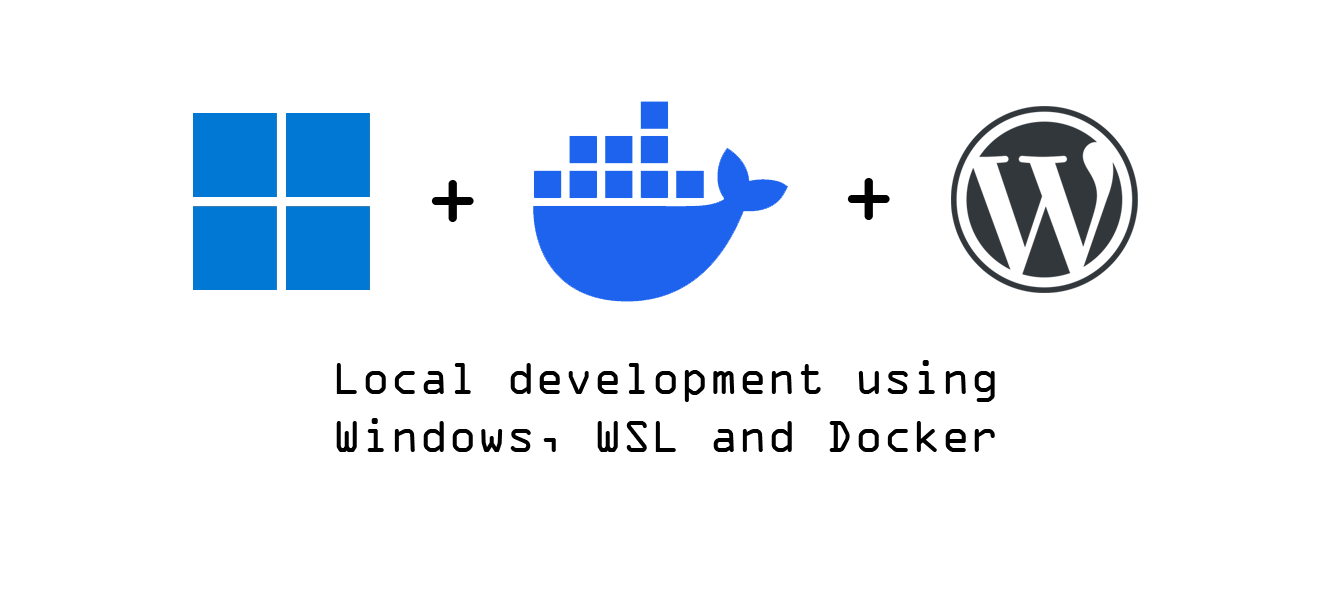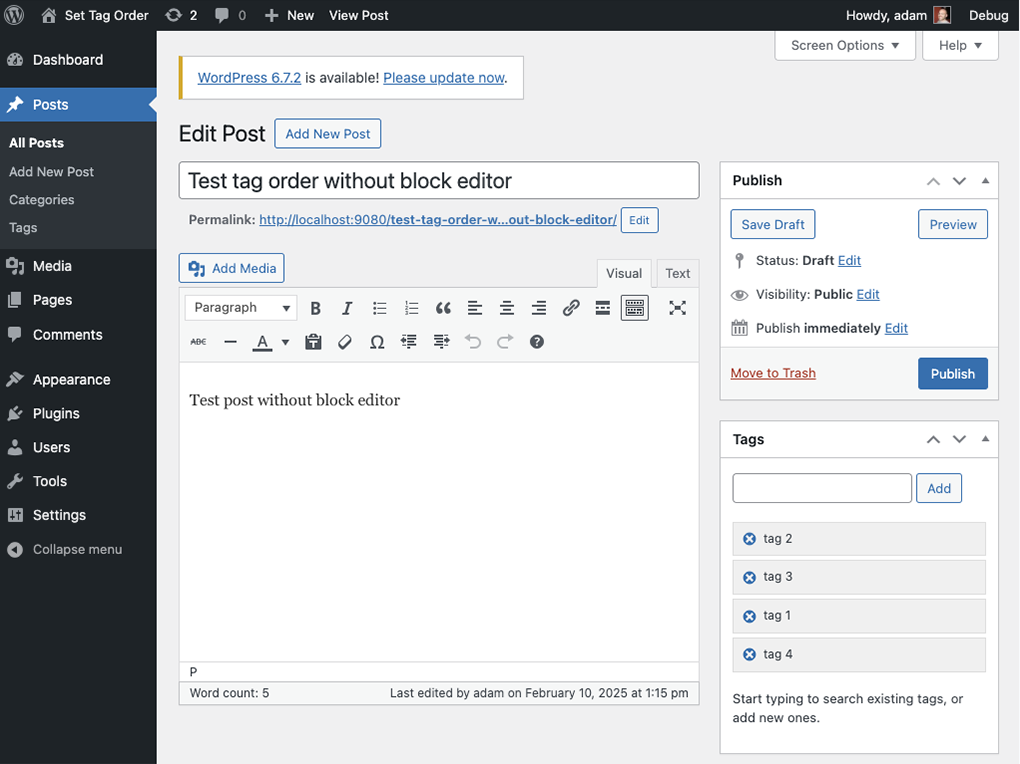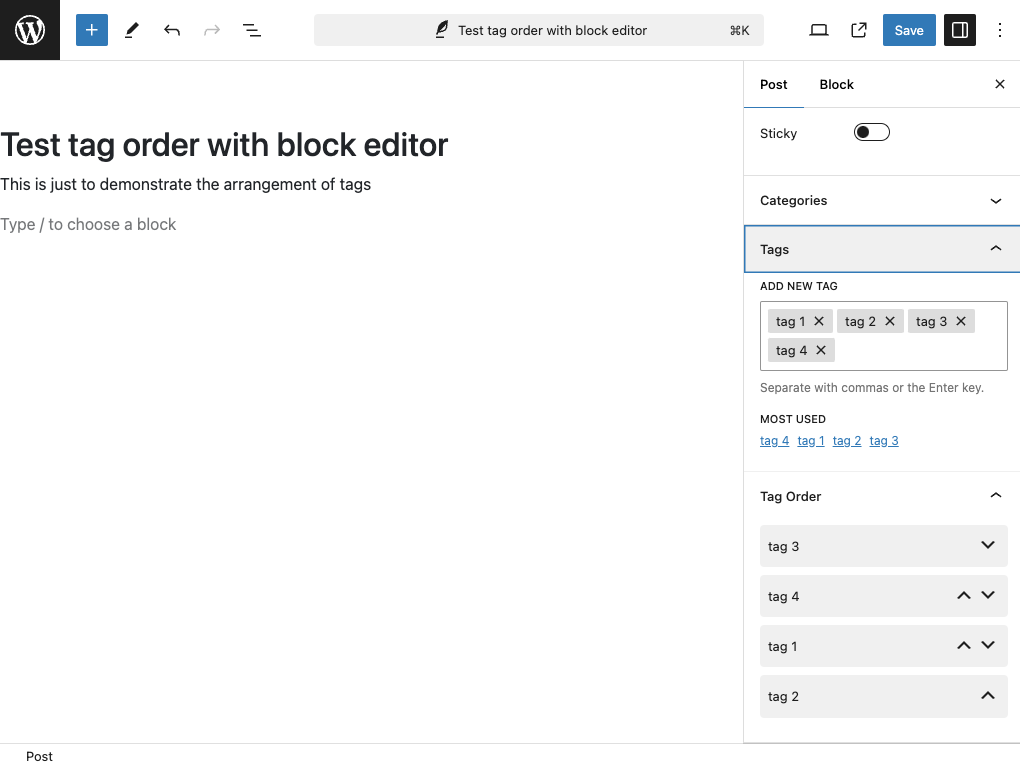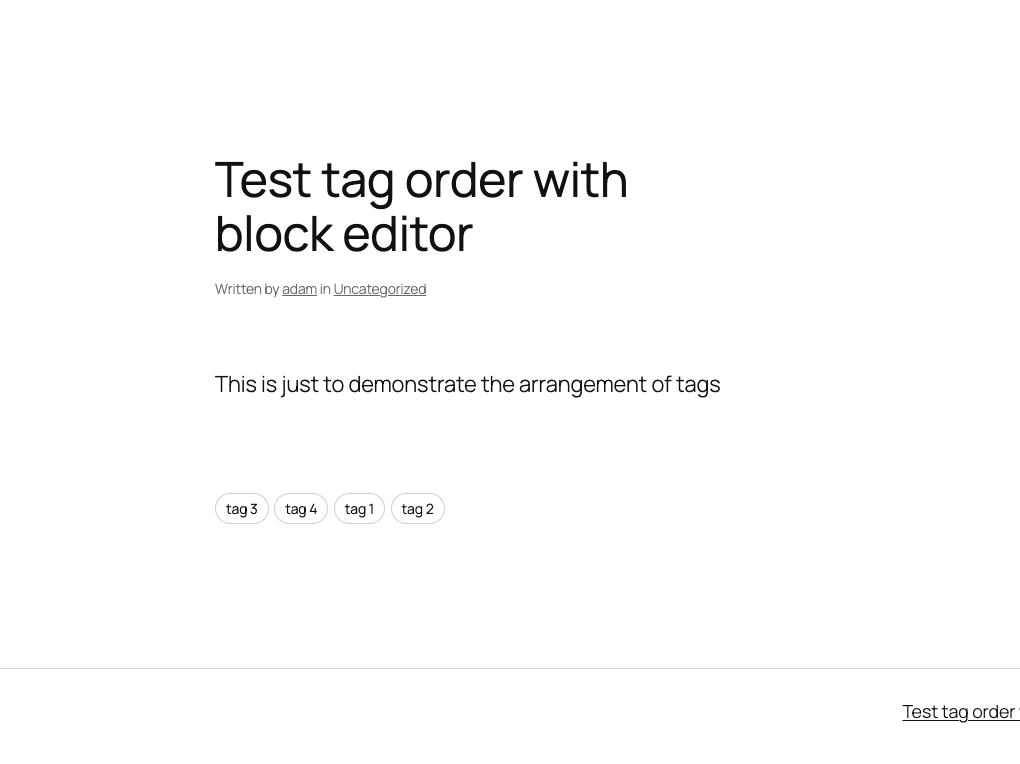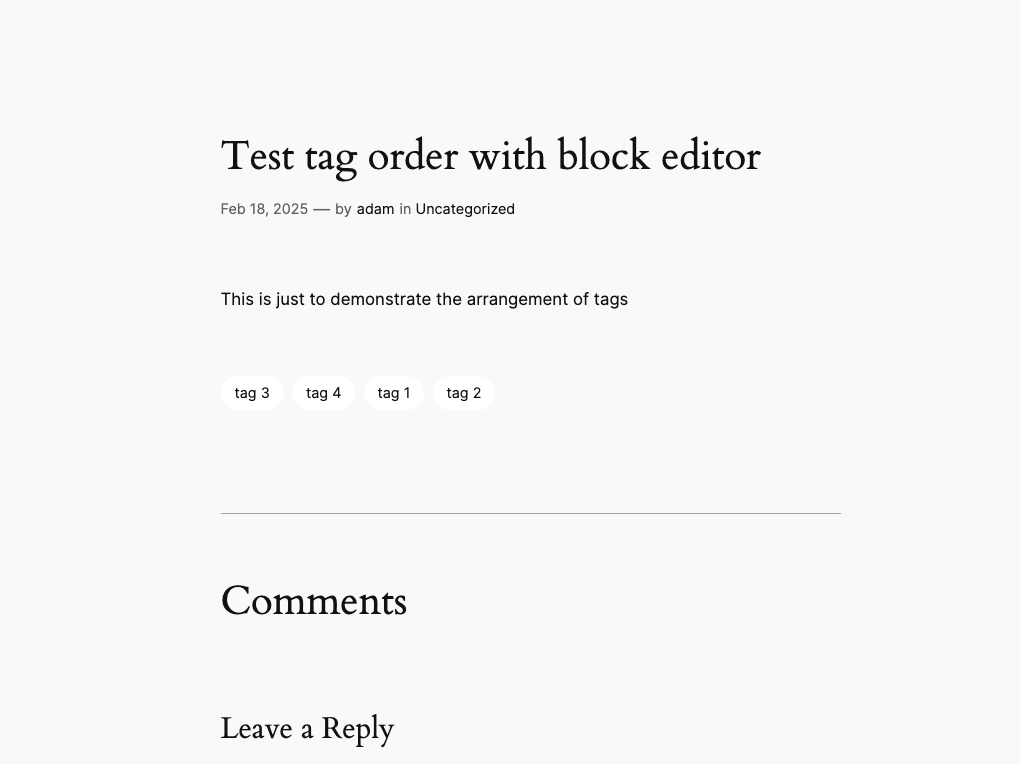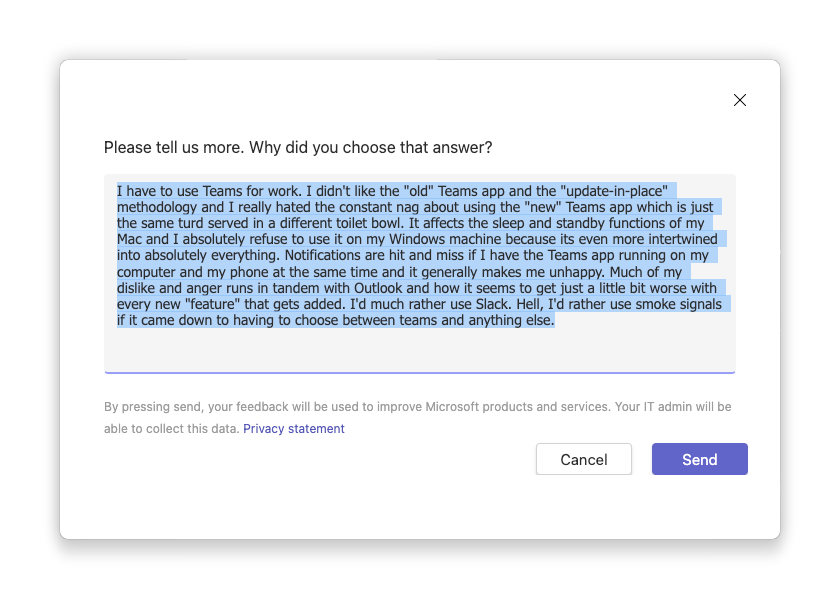If you’ve ever moved a WordPress site, updated a major plugin, or added a Custom Post Type, you’ve probably encountered the dreaded “404 Not Found” error on pages that you know exist.
And if you’ve searched for the fix, you know the most common, and seemingly illogical, solution: Go to Settings > Permalinks and simply click “Save Changes,” without actually changing anything.
Why does this magic button press work? It’s not magic; it’s a necessary synchronization between WordPress and your web server. Here is a history of the issue, a simple explanation of why it happens, and how to fix it for good.
Part 1: The Core Problem—A Mismatch in Maps
To understand the fix, you first have to understand the job of a permalink.
Permalinks: The Simple Address
A “permalink” is just the permanent, clean, and readable URL (like /my-awesome-post/). When a visitor types this into their browser, two main things have to happen:
- The Server’s Job (Nginx/Apache): The server has to receive the request and figure out that the clean-looking URL actually needs to be processed by one specific file: the main WordPress script (usually `index.php).
- WordPress’s Job: Once WordPress takes the request, it looks at its internal rules to determine exactly whichpiece of content (Post ID 123, Custom Post Type “Sponsored Content”, etc.) matches the URL.
The technical glue that makes step 1 work is a set of instructions called Rewrite Rules.
The History of the Problem
When WordPress was first developed, the default URLs were ugly, using IDs and question marks (e.g., ?p=123). As websites became more advanced and SEO became critical, WordPress needed a clean URL structure.
The permalink feature was created to solve this. It allowed WordPress to generate those complex Rewrite Rulesautomatically. The problem that has persisted is that WordPress is not always perfect at telling the web server or its own database that a new rule is needed.
This is where the mismatch happens:
- WordPress knows the page exists.
- The Server’s Routing Map (the Rewrite Rules) is either missing the rule or using an outdated version.
Part 2: The Role of Custom Post Type Plugins
While WordPress core sometimes causes these issues, they are far more common when using third-party tools to create custom content structures.
Plugins like WCK (WordPress Creation Kit), Custom Post Type UI, or similar builders are fantastic for easily adding new content types (like “Sponsored Content,” “Case Studies,” or “Products”) without writing code.
However, they introduce an additional step in the communication chain:
| The Action | The Expected Result | The Potential Breakdown |
| You create a new CPT | The CPT Plugin tells WordPress to register a new route. | The plugin fails to send the final signal to save the updated Master Route List. |
| You edit a CPT slug | The plugin updates the page, but doesn’t touch the routes. | WordPress core doesn’t get the signal to check the routes, and the new URL is stuck in limbo. |
This creates a communication gap. The plugin is being “too efficient”—it only updates the content, not the site-wide map. The result is the same: the server looks at the old, incomplete map and throws a 404 Not Found error.
Part 3: Why the “Save Changes” Button Works
When you click “Save Changes” on the Permalinks screen, you are performing a critical synchronization step known as “Flushing the Rewrite Rules.”
Think of your website as a Librarian (WordPress) with a Master Catalog (the Database).
The Fix (Why it Works)
By clicking the “Save Changes” button, even if you change nothing, you are essentially bypassing the complex, multi-layered system and giving WordPress this simple, non-negotiable command:
“Discard the current, potentially stale Rewrite Rules, recalculate the entire list from scratch based on everything I have—all my posts, pages, and custom types—and then force that fresh list into the database and server configuration.”
This simple action forces synchronization and instantly corrects the outdated routing map, clearing up the 404 errors caused by core glitches or plugin communication issues.
Part 4: The Troubleshooting Steps
The “resave” trick works over 90% of the time. If it doesn’t, here are the next steps to ensure the fix is permanent.
1. The Standard Permalink Fix (The First Step)
- Navigate to Settings > Permalinks in your WordPress dashboard.
- Note your current setting (e.g., “Post Name”).
- Click the Save Changes button.
2. The Cache Flush (The Second Step)
Sometimes the fix works, but your visitors (or you) are seeing an older version of the site saved by a caching system.
- Clear all forms of caching on your site: Server-level cache, WordPress plugin cache (WP Rocket, LiteSpeed, etc.), and CDN cache (Cloudflare, etc.).
3. The Plugin Conflict Check (The Root Cause)
If you find you have to resave permalinks constantly, the CPT plugin itself might be the conflict point.
- Deactivate all plugins except the one causing the issue (e.g., your CPT builder).
- Try to reproduce the 404 error (e.g., by changing a page slug).
- If the error stops, reactivate your plugins one by one, checking for the 404 each time, until you isolate the offender.
By understanding that this is simply a synchronization error, often exacerbated by the tools we use for efficiency, you can confidently explain the “magic” of the resave button and troubleshoot any future routing headaches.
